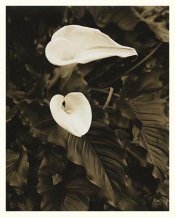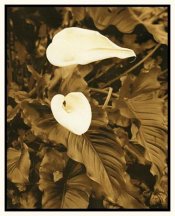donbga
Member
- Joined
- Nov 7, 2003
- Messages
- 3,053
- Format
- Large Format Pan
Hi Folks,
I was looking at Michael Mutmansky's web page a few minutes ago admiring his gum overs, impressed with the depth and color of the images there.
I've also peeked at Clay Harmon's and Kerik Kouklis's web pages and have noted that they both achieve an added sense of depth with their gum overs.
I imagine that most if not all of their gum over work utilizes multiple gum layers and perhaps pigments.
Anyway I was curious about what color pigments people are using and why.
Don Bryant
I was looking at Michael Mutmansky's web page a few minutes ago admiring his gum overs, impressed with the depth and color of the images there.
I've also peeked at Clay Harmon's and Kerik Kouklis's web pages and have noted that they both achieve an added sense of depth with their gum overs.
I imagine that most if not all of their gum over work utilizes multiple gum layers and perhaps pigments.
Anyway I was curious about what color pigments people are using and why.
Don Bryant










